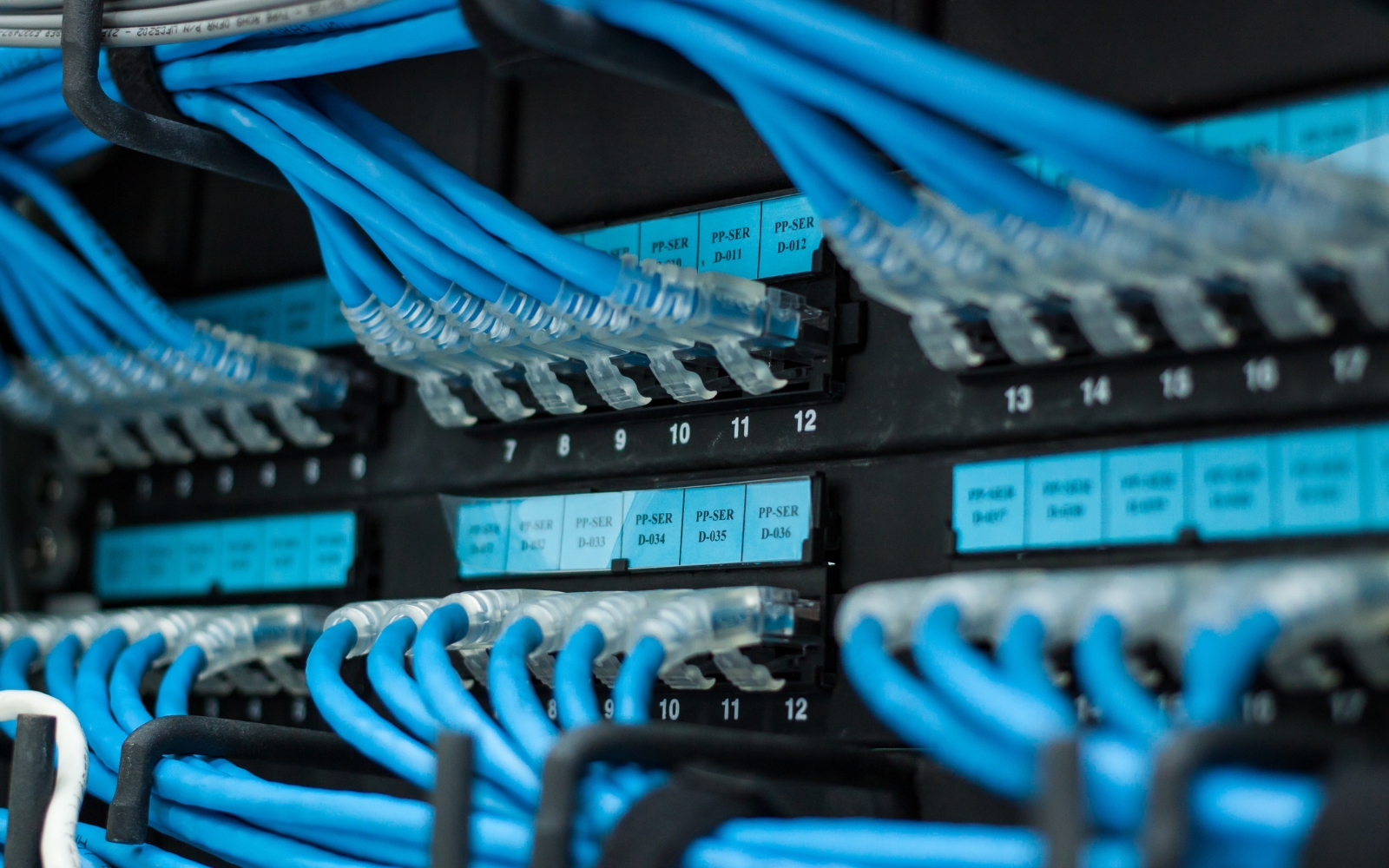Power over Ethernet (PoE): Technology and Applications

Power over Ethernet (PoE) is a technology for wired Ethernet LANs (local area networks) that allows for the electrical current necessary for the operation of each device to be carried by the same twisted-pair cable as the data. This offers several advantages over previous methods of supplying power to devices, including: – Reduced installation and equipment costs – Increased flexibility and scalability – Reduced cabling complexity – Simplified equipment maintenance.
What is PoE?
PoE technology allows Ethernet cables to carry electrical power and data. PoE-enabled devices can be powered through their Ethernet connection without needing a separate power cable. PoE is beneficial in applications with no main power available or running extra power cables would be difficult or expensive.
PoE uses spare pairs of wires in the Ethernet cable to carry DC power alongside the standard data signals. The actual voltage and current carried by the cable depend on the PoE standard being used – the most common standards are IEEE 802.3af and 802.3at (often referred to as “PoE” and “PoE+,” respectively).
These standards define two different modes of operation, known as Mode A and Mode B. In Mode A, the DC power is carried on the same wires as the data signals (known as the “data” pairs), while in Mode B, the DC power is carried on a separate set of wires (known as the “spare” pairs).
The main advantage of PoE is that it simplifies wiring diagrams and reduces installation costs since only a single Ethernet cable needs to be run to each PoE-powered device. In addition, PoE can provide a degree of protection against electrical surges and lightning strikes since the power supply is typically located away from the powered devices themselves.
The Different Types of PoE
There are three different types of poe: Passive PoE, Active PoE, and High Power over Ethernet.
Passive PoE requires a power injector to connect the power source to the device. The power injector uses an AC-to-DC converter to convert the AC power from the outlet into DC power that can be used by the device. The power injector also has an Ethernet port to connect the device to the network.
Active PoE requires a special switch that has Active PoE capabilities. The switch uses an internal power supply to provide DC power to the devices connected. High Power over Ethernet is similar to Active PoE, but it uses a higher voltage and can provide more power to devices that require more power, such as VoIP phones and wireless access points.
Pros and Cons of PoE
There are many different applications for Power over Ethernet (PoE) technology. Some of the most common uses for PoE are powering IP security cameras, VoIP phones, and wireless access points. PoE can also power other low-voltage devices like LED lights and sensors. While PoE offers a lot of advantages, there are some potential drawbacks to consider as well.
One of the biggest advantages of Power over Ethernet is that it simplifies installation by eliminating the need for extra power cables. PoE also offers a more reliable connection than standard AC power, which is essential for mission-critical applications like security cameras and VoIP phones. In addition, PoE can save money by reducing energy costs associated with power devices.
However, there are some potential downsides to using Power over Ethernet technology. For example, if not properly implemented, PoE can create electromagnetic interference that can disrupt other electronics in the area. Additionally, because PoE delivers power through the same cable used for data transmission, it has the potential to degrade network performance if not properly configured.
What Can devises Use PoE?
Almost any network device can use Power over Ethernet (PoE), including telephones, wireless access points, routers, and switches. Some devices, such as IP cameras and VoIP phones, are explicitly designed to work with PoE. In addition, some adapters can be used to add PoE support to devices that do not have it built in.
How to Install PoE
PoE is a technology that enables Ethernet devices to receive power over the same cable used for data transmission. This can be useful in applications where it is not practical to run a separate power line to the device or where the device is located in a difficult-to-reach place.
There are two main types of PoE: passive and active. Passive PoE does not require any special equipment and can be used with any Ethernet device that has an internal power supply. Active PoE, however, requires special equipment (called “midspans”) that injects power into the Ethernet cable.
To install PoE, you will need to connect the midspan to your power source and then connect the Ethernet cable from the midspan to your device. If you are using passive PoE, you will need to connect the Ethernet cable from your power source to your device.
Conclusion
PoE is a versatile technology with a wide range of applications. It can power everything from small devices like wireless access points to large devices like IP cameras. And because it doesn’t require new wiring, it’s easy to deploy and scale. Whether you’re looking to improve your home network or power up your business, PoE is worth considering.